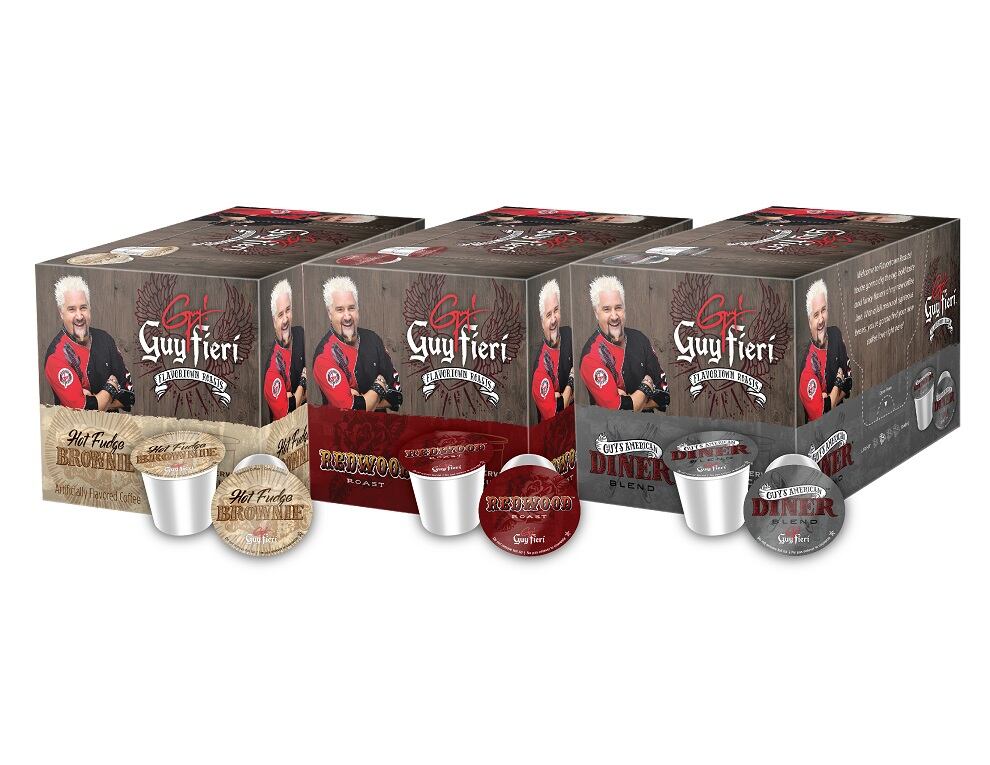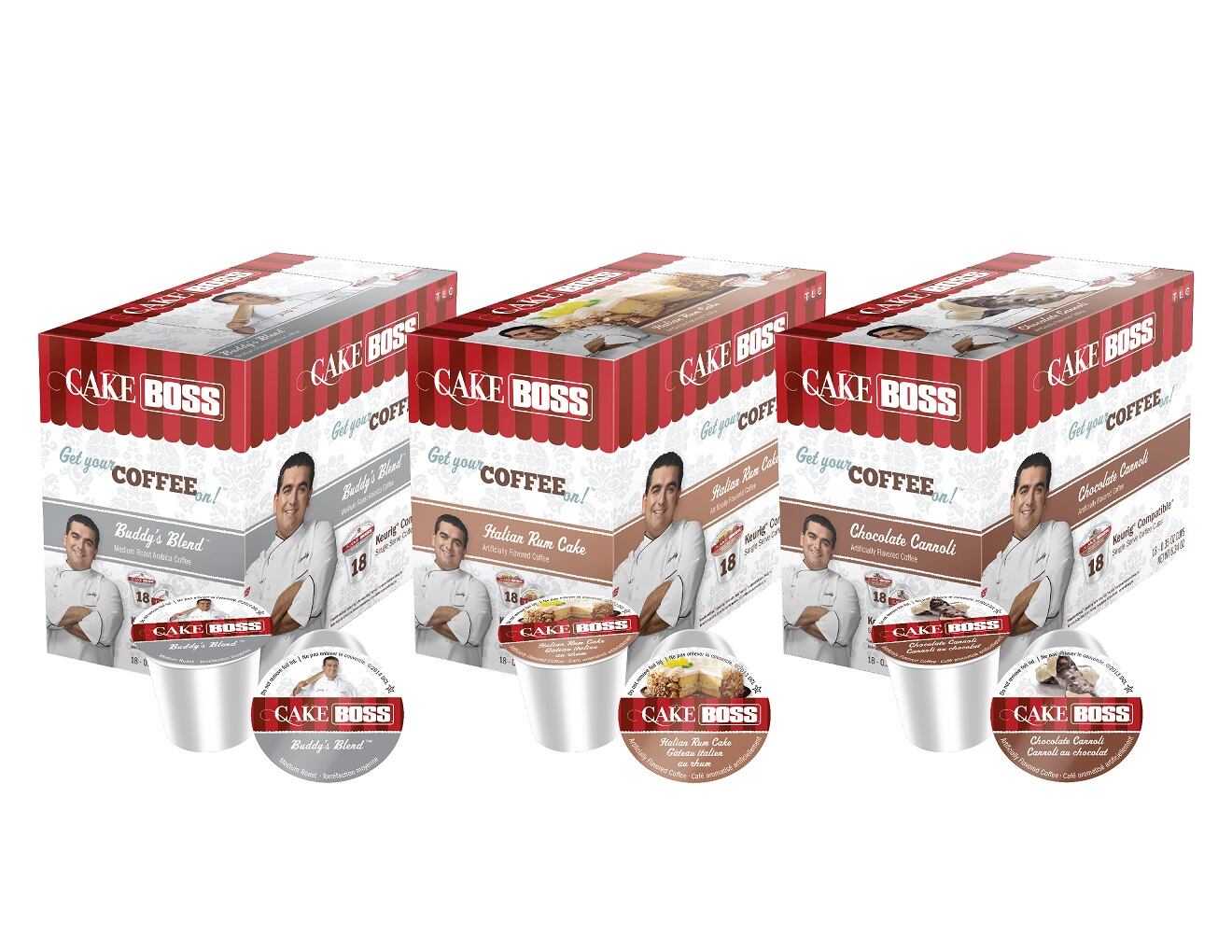The company has quickly risen to profitability, raking in over $10 million in annual sales in less than 12 months since incorporation. So how has this year-old startup found success in an already crowded category with a longtime leader? Because the maturing market is being forced to evolve toward better quality and greater variety, co-founder and principal Robin White told FoodNavigator-USA.
“Single-cup coffee is no longer a niche product. It’s moved past that critical stage where it’s now becoming mainstream,” White said. “I compare the single-cup market to where roast and ground coffee was 10 years ago. We’re essentially dealing with the same factors, just the delivery vehicle has changed. But once you get to that point, you have to start asking, what’s next? We felt that missing piece or area for improvement was in the quality of the drinks.”
White previously worked for Van Houtte, a distributor of Keurig, when K-cups were first introduced in 1998.
“They showed us this new thing they said would enable us to convince customers that instead of paying 20 or 25 cents for a pack of ground coffee, we could get them to pay 65 cents to brew one up at a time. It was a foreign concept back then. We were cynical. But they proved it.”
The rest, as they say, is history. By 2012, single-serve coffee pods had eclipsed the $1.8 billion mark, an 80% increase from 2011, according to Packaged Facts, which estimates the category will be worth upwards of $5bn by 2016. Single-serve pods now account for over 41% of dollar sales of ground coffee in the US, according to 2014 data from Nielsen. The clear leader in the pods market is still Green Mountain Coffee Roasters, with 34.8% of market share, followed by Starbucks (14%), JM Smucker (11%) and private label pods (10.2%).
‘Difficult road’ for any company trying to control this huge category and limit consumer choice
Since K-cups went off patent in 2012, a slew of unlicensed versions (which typically sell for 15-25% less) gave the market a jolt. By the fourth quarter of 2013, they accounted for a record 12% of sales of single-serve coffee/tea for Keurig machines, according to CEO Brian Kelley. In response, the company unveiled Keurig 2.0, which limits consumers who own these brewers to using only Keurig-licensed cups and locks out third-party cups from brands including Tim Hortons, Kraft and Second Cup.
The move has come under fire for eliminating choice and competition, prompting two lawsuits from competitors claiming breaches of anti-trust laws, along with several class action lawsuits from consumers.
“Nobody knows for sure how many brewers are out there, but it’s likely in the tens of millions,” White said. “There’s been a lot of growth in non-Keurig cups, and I think it’s going to be a difficult road for any company to try to take control of a huge category like this and convince consumers they should give up the ability to choose what products they want to buy—especially food products. People are very sensitive about their choices when it comes to food. Retailers, too, don't like dealing with a company with no serious competitors, as they lose all negotiating ability.”
The company plans to roll out a Supercharger kit to upgrade Keurig brewers so they accept its larger-capacity SuperCups. Moreover, it licensed celebrity brands Cake Boss (from baker Buddy Valastro) and Food Network chef Guy Fieri for Keurig-compatible single-serve cups.

“Consumers want variety. They had access to (GMCR) Vermont Country Blend for the last 20 years. They want fresh brands and something new and exciting. Single-cup coffee is like a candy store for grownups. That’s why we’ve licensed brands that are very exciting and relevant to people today that they’re already engaging with.”
Indeed, White surmised that's likely why Fieri's Bananas Foster (which White called a "long shot") and Valastro's Vanilla Buttercream have been among the best sellers. "That's where our collective experience has really helped us. If you read industry reports, it only makes sense to introduce hazelnut, French vanilla and caramel, but those areas are very saturated, and people are looking for something new and different. We've taken a few risks, but so far they've paid off."
‘11 grams coffee, 8 ounces water, brewed at 200F: the coffee most North Americans are looking for’
As the single-cup coffee industry has evolved to “look more like a traditional CPG”, the novelty has worn off, forcing new and existing entrants to differentiate themselves more through the quality of their product, the variety they offer and their value proposition, White said. "In the coffee world over the past 30 years, we've seen trends every year toward better quality," he said. "The same goes for single cup now."
But what makes a great cup of joe? Several key factors, White said: a quality, steady supply of coffee beans; proper grind; using enough grounds, agitating them, and brewing the coffee at the right temperature and time. Supply depends on good relationships, but can also be affected by variables out of the manufacturer’s control, such as the weather; the other factors are up to the brewer, he said.
For most single-cup brewers, the standard amount of coffee grounds per cup is 10 grams (which has increased steadily from the 8g standard when K-Cups first hit the market). But White says 10 isn’t quite enough to achieve optimum flavor. Single Cup Coffee uses 11 grams in its regular cups and 14 grams in its XBold varieties—but doesn't overfill to allow for agitation. The brewer steeps the grounds at 200 degrees F, which White says is the optimum coffee-brewing temperature, adding that most single-up coffee is brewed at 185 to 190 degrees F.
“For most people in North America, 11 grams of coffee brewed with eight ounces of water at 200 degrees is the coffee they’re looking for,” he said.

Potential for anything made with hot water
Single Cup Coffee has been aggressive in its market strategy since the beginning, structuring operations to be very scalable (with a capacity exceeding 1 billion cups per year). "We understand the potential that still exists in the category," White said. Indeed, the manufacturer just secured distribution in all 200 Loblaw’s supermarkets and its banner stores throughout Canada.
The company also is betting on a bright future for hot single-serve cups, with more than 200 new SKUs in development for everything from flavored coffee to hot chocolate, chai and cappuccino.
“Any product that requires hot water to prepare has a potential application for single serve," he said. "We're actively working on hot chocolate and chai; there are all kinds of hybrids you can do with real ground coffee and dairy products—I've even heard talk of soups and oatmeal. The applications are almost limitless."
When asked if similar potential holds for cold single serve cups, as Keurig just announced the highly anticipated launch of its home carbonation system Keurig Cold, White was less certain of market need, and questions the pricing, which Keurig hasn't yet revealed.
“I question whether that is going to be viable—the main reason being what is the pricing is going to be like. If grocery shoppers could go to the store and buy a hot cup of coffee that they bring home and it stays hot and fresh indefinitely, it would put single-serve coffee out of business. Because as a society, we're trending toward more not less convenient.
"But you can already bring home a case of cold drinks and crack one open when you want; no appliance, no prep time and it's also pretty inexpensive. So are consumers going to pay more for a product they have to make themselves with an appliance? I question whether they are going to do that."
